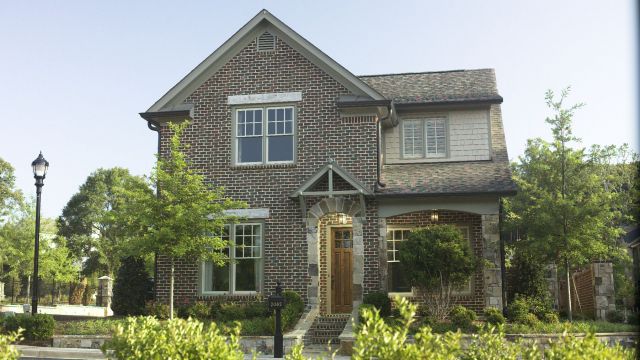An old way to a better tomorrow
Brick is a top choice in building cladding
By Chris Hines
Since early mankind moved out of caves and into communities, brick has been a desired construction material. With readily available materials, a simple manufacturing process, and durable and sustainable results, brick prominence was easy to understand.
As people have become more discerning green consumers, they have discovered that products touted for some environmental advantages often have hidden drawbacks that may outweigh the benefits. Because of that, it is important to examine a product’s lifecycle from a number of perspectives to understand the true environmental effect of its use.
A number of independent organizations have emerged to gauge the environmental impacts of products. Among those is the McDonough Braungart Design Chemistry’s Cradle to Cradle Certified certified program for products, which measures the recyclability of products by determining how resources used to make a products are perpetually circulated within a closed loop rather than ending up in a landfill. Nationally renowned programs have also established rating systems to account for the sustainability of materials used (such as ENERGY STAR and Certified Green Professional). No matter the evaluation test or method, brick’s many positive attributes earn it high praise.
Brick manufacturers have done their part to make a difference. Today’s brick plants take advantage of alternative energy sources, such as sawdust and agricultural waste products and burning methane gas captured from landfills. Advancements in process technology have also helped manufacturers produce more efficiently (320 percent better). Because brick can be made with recycled material, waste is minimized. And, the materials needed for the manufacture of bricks (typically clay or shell) are abundant throughout the United States, reducing the need for extensive transportation (and the resulting fuel usage).
The country’s largest brick plant, a Boral facility in Terre Haute, Ind., exemplifies the industry’s strive for sustainability. Certified Gold under the U.S. Green Building Council’s Leadership in Energy and Environmental Design (LEED) program, the Terre Haute plant uses recaptured methane gas as fuel for the plant. Advanced robotics and improved packaging reduce the plant’s waste footprint.
As the commitment to sustainability continues to grow, brick remains a leading building material that can be trusted to deliver high performance, low maintenance, long life and a comparatively small footprint.
From architects who incorporate brick in their designs for its energy-efficient qualities to builders who appreciate its durability and ease of construction to owners who enjoy it livability, brick is a top choice in building cladding. It’s a building material of the past, but its durability and sustainability makes it a one for the ages.
About the Author
Chris Hines is technical leader of Boral Stone Products.



















